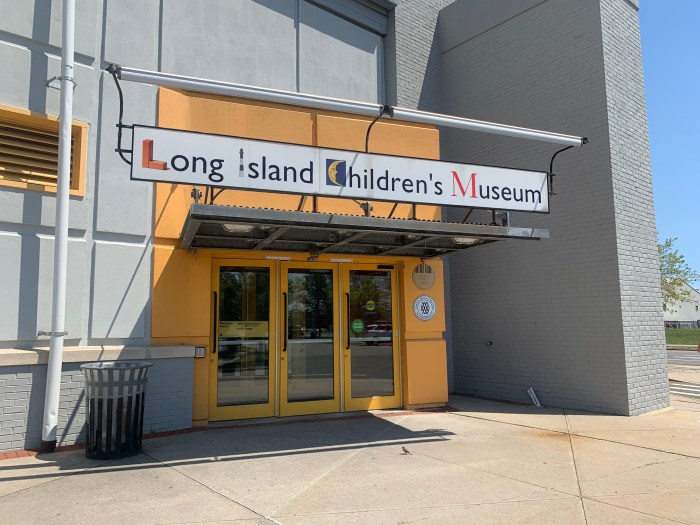Aircraft noise complaints garner response
Excessive aircraft noise may be the bane of many residents in the area, but apparently the Federal Aviation Administration (FAA) has finally heard people’s complaints of long being fed up by all the racket. The Stewart Manor Board of Trustees heard a report from the Town-Village Aircraft Safety & Noise Abatement Committee (TVASNAC) at their regularly scheduled board meeting on May 6. Residents’ ongoing fight against the excess noise caused by congested overhead air traffic is finally eliciting a response from the government.
Cristina O’Keeffe, who represents Stewart Manor on TVASNAC, says that the Port Authority of New York and New Jersey, as well as the FAA, is stepping up and responding to residents’ complaints after a mandate handed down by Governor Cuomo last November. “It’s baby steps, but there’s actually some change going on,” O’Keeffe says.
Last November, Governor Cuomo ordered the Port Authority to conduct a noise and land compatibility study in response to complaints over the disrupting noise of airplanes flying over residential areas.
A new website allows residents to track in real-time what flights are passing over their houses. The site has supplemented the pre-existing phone line for lodging complaints.
Community roundtables are also being established to discuss the noise issues. The Port Authority and different local committees such as TVASNAC are represented at these meetings, although the FAA is also encouraged to attend.
Despite their close quarters, LaGuardia Airport and John F. Kennedy International Airport are represented by two different roundtables. O’Keeffe says most other major airports in the country already have these groups, but one was only created for JFK in response to the governor’s recent mandate.
Part of the Port Authority’s response has also been to increase the amount of noise monitors in the communities surrounding the airports. These monitors link to the 4G network and measure noise in a unit called Day-Night Sound Level, or DNL. The monitors must be installed in locations without any other ambient sound, such as a highway or train tracks.
Some airports have up to one hundred monitors in their surrounding communities, but our area only has around a dozen.
The maximum DNL allowed in the United States is 65, although other countries go as low as 55. If an area registers a 65 on the monitors, they qualify for federal funding to sound-proof buildings such as schools and churches.
“We have ten points higher than the World Health Organization dictates that we should for noise level,” O’Keeffe says.
Changes to the acceptable DNL level must be made at the federal level.
An environmental impact study is underway to determine the full extent of the noise pollution, but the process is a lengthy one and despite recent steps in the right direction, there’s no guarantee that the airports will have to make significant changes to reduce noise.
“If the environmental study finds that there’s issue with noise, it will generate some federal funding but it’s not necessarily going to change the paths of the airplanes,” O’Keeffe warns.
Trustee John Egan says the noise isn’t his biggest issue with the planes and that he worries more about the danger all the air traffic congestion may be posing to pilots attempting to land.
“My concern is landing safely. La Guardia is the most difficult airport to land in because the runways are so short,” he explains.
O’Keeffe mentioned that among the new changes being implemented is the creation of a safety buffer around La Guardia for the surrounding communities.
TVASNAC has been representing the Town of Hempstead and fighting the noise pollution caused by aircraft since its founding in 1966. The committee is comprised of twelve villages including Garden City, Stewart Manor, and Floral Park.
The next meeting is scheduled for May 19 at Hempstead Town Hall and is open to the public.
































